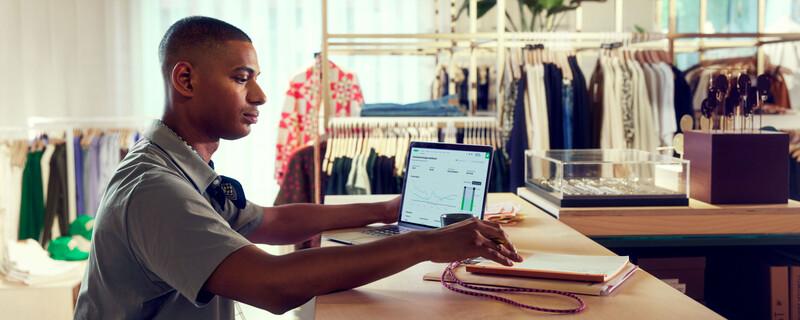US Retail Report 2023
Welcome to the Retail Report
Explore the key interests and top trends of the year for retail. Get an inside look at the industry and where it’s going, plus strategies to help businesses succeed.

We asked 12,000+ businesses and 36,000 consumers from 26 countries about the state of retail
$903.3 billion
increase in the US retail sector if more retailers adopt unified commerce
1 in 5
US shoppers made online purchases from overseas retailers in 2022
65%
of US shoppers want a more rewarding experience when shopping
2 in 5
shoppers experience fraud

A world of data and insights waits for you
Get the full report today by filling out this form.
By submitting your information you confirm that you have read Adyen's Privacy Policy and agree to the use of your data in all Adyen communications.